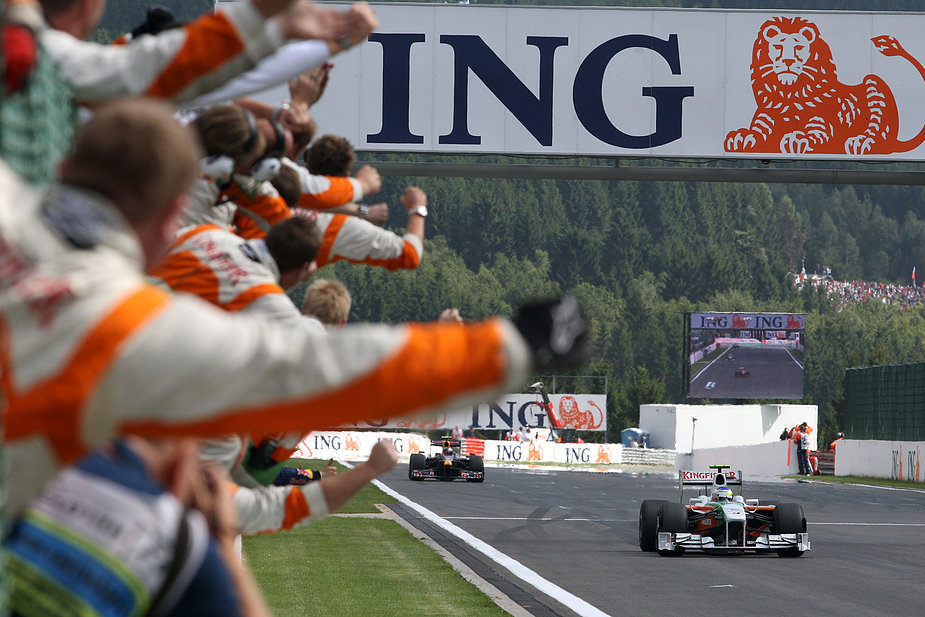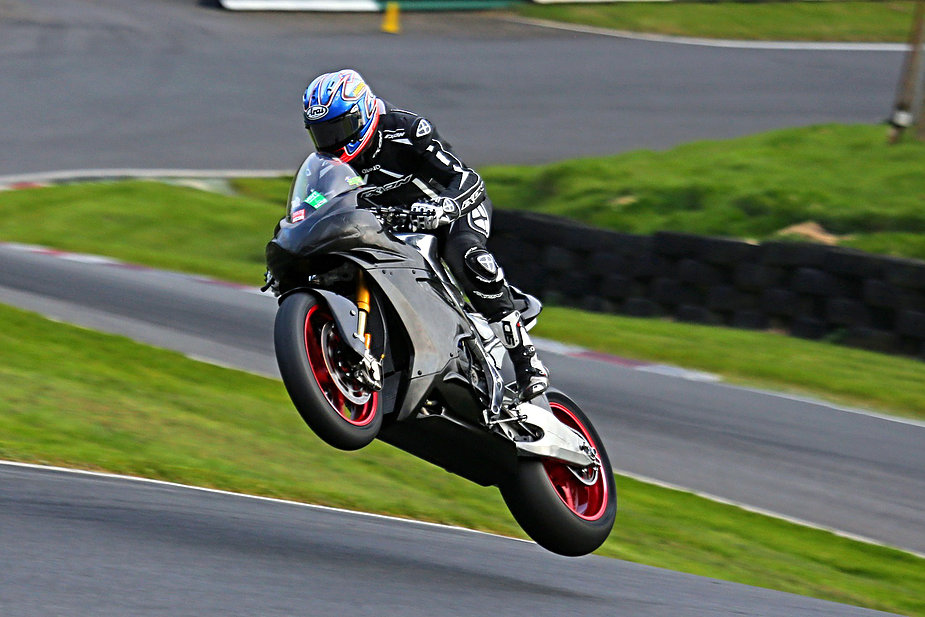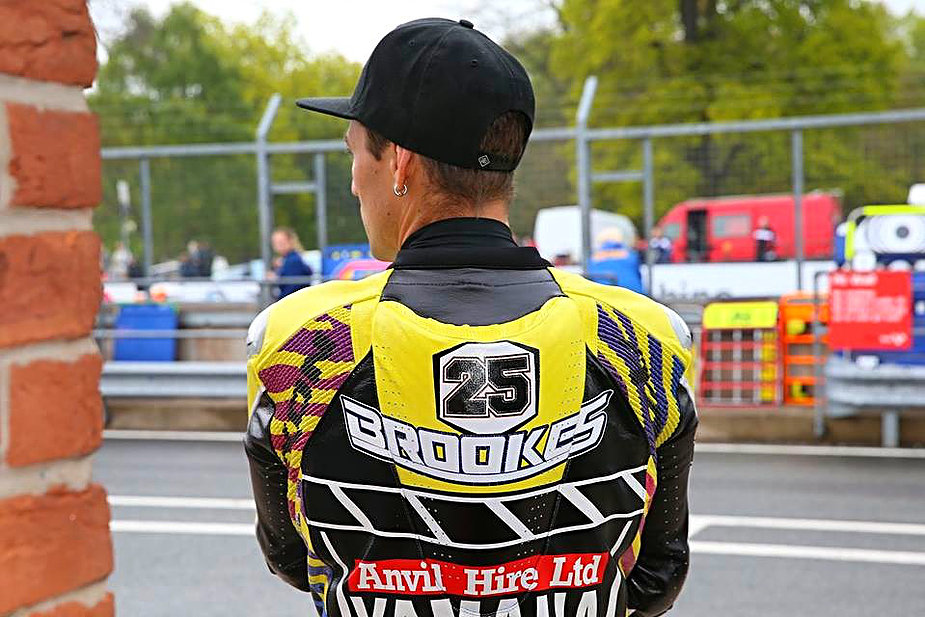
Japan Win With Honda & Sato but Alonso’s Curse Continues
One of the most intense, exciting and memorable Indy 500 races has happened this year, we enter a new century of races in the 101st run of the event and what a way to start them. Takuma Sato, the Japanese driver who was born in Tokyo became first the Asian-born driver to ever win the historic race. Interest was heightened with one of the best drivers of the world, who can be described as that due to his performance in the race, Fernando Alonso taking part for the first time. An estimated 300,000 people were at the speedway which would of officially made it 65th largest American city in terms of population. Just how did Sato win and how did Alonso do in his debut?
Qualifying Recap
Qualifying happens a week in advance very similar to Formula 1/MotoGP style with Q1/Q2 format, the top nine, which make the top three rows took part in their own session on the following day following the first run times. The top five drivers on the grid were quadruple Indycar champion Scott Dixon took pole, and Ed Carpenter who returns only for ovals in his own racing team second, and 2016 champion Alexander Rossi started third. Eventual winner Takuma Sato started fourth and the one everyone was interested in, Fernando Alonso in 5th.
The other side of the grid was truly mixed up with some heavy hitters languishing in the midfield and towards the back of the field. Ryan Hunter-Reay started 10th, if he got in to the qualifying shoot out, he would have placed himself in 7th. Two-time Indy 500 champion Juan Pablo Montoya was 18th, three time Indy 500 champion Helio Castroneves was 19th and championship leader Simon Pagenaud qualified in a lowly 23rd. Another one to note is for James Davison started last, filling in for Sebastian Bourdais, who had that major crash on qualifying weekend, ruling him out for the rest of the season. Bourdais was trackside for the 500.
The Race
It was a clean start with front row keeping their places,.Fernando Alonso though, he fell back down the order, maybe needing a bit of time to adjust to the settings. Championship leader Simon Pagenaud and Helio Castroneves were the early movers, creeping up the field. Tony Kanaan, who started 7th, had great speed, managing to get up with Carpenter and Dixon.
The race settled, and with that Alonso and Rossi began to make their presence felt, former Indycar champion Will Power tipped heavily for the win struggled, and was falling down the order. Kanaan and Dixon were trading the lead early on, drafting each other to save fuel, whilst behind Carpenter and Rossi stayed in touch. Kanaan was the first to stop on lap 29, showing that leading the race with no draft takes up much more fuel than anywhere else on the grid. Alonso during this phase got past Dixon who seemed to be hanging on at the end of the first stint and Ed Carpenter took the lead. Juan Pablo Montoya showed skill by going 3 laps longer, pitting on lap 32, but coming out of the box he stalled his car and his work was undone. The top five after the first stint was Carpenter, Rossi, Alonso, Kanaan and Sato.
On to the second stint, Alonso began to spread his wings and took the lead on lap 37. It seemed in the first stint he observed others, while in the second he started by passing Rossi and both passed Carpenter, the amendment he made on pit road didn’t seem to do him any favours. Rossi and Alonso – both teammates – were trading the lead, drafting each other saving fuel. Team Owner Michael Andretti over the radio to Alonso ‘You and Alex can play here’ which pretty much confirmed the fuel saving strategy. This continued and were easily the two fastest cars on track.
Hunter-Reay, trying to catch team mates Rossi & Alonso made a last minute move on lapping Jay Howard. This resulted on Howard getting onto the the marbles, and pretty much a passenger, hitting the wall and breaking his front right suspension. He then under no control veered back onto the track and polesitter Scott Dixon had nowhere to go, hurtling straight into his Dallara chassis, flying and hitting the inside catch fence and landing sideways on the barrier. Both men walked away from a frightening accident. Castroneves to avoid contact actually went underneath Dixon on the grass, causing minor damage to his rear. The catch fence was broken and it was red flagged to fix and clear sheer amount of debris on the track. The top five at the show of the flag were Alonso, Rossi, Sato, Carpenter and Hunter-Reay.
20 minutes after the incident were back on track again, Alonso leading them off pit road. They then opened the pit once more, and the whole field rushed into the pit, all 31 cars still running down taking fuel and tyres. They went round for two laps behind the safety car and off they went. Alonso with a mega restart kept the lead although the two-time F1 World Champion Alonso began to fall back on lap 63. Andretti team mates Hunter-Reay and Rossi nearly hit each other trading the lead at Turn 1.
Montoya, trying to make up for his awful pit stop managed to overtake Pagenaud, Daly and Kimball on the back straight. Daly tried to follow him on the outside around Kimball but the gap closed, and the third caution was out. English driver Jack Harvey collected debris, albeit few laps down had to retire due to damage too. This brought about a change in fuel strategies and some such as Hinchcliffe, Chilton, Power and Pippa Mann pitted mid-stint. Pippa was doing well in her rookie Indy 500, keeping it clean and competitive. Helio pitted a lap later under the safety car, and during the period found out he received a drive through due to jumping Daly at the previous restart.
The race went green on lap 65, and Rossi took the lead. On the restart they went four wide in the midfield, championship leader Pagenaud still continued to struggle and was swamped by those three men. Kanaan began to get closer in his hunt for a second victory, battling with Alonso. Alonso broke the toe, and went after Hunter-Reay.
Caution 4 came because of debris on the front straight, part of Marco Andretti’s wing came off, flying up high and landing on track. All drivers under this safety period hit the pits, this left the people who decided to pit earlier on in the lead. Sato’s team made an error in the pits – a dropped wheelnut dropping him to 17th. Max Chilton led the restart, followed by Power & Castroneves – Hunter-Reay and co. now running from 4th onwards.
Chilton started well getting away from Power in P2. Hunter-Reay and Andretti teammates began to use their fresh tyres to their advantage and were much quicker around the corners. Chilton was keeping his own, using the knowledge he has gained from Indycar legend Dario Franchitti to good effect, whilst Power began to fall back, passed by veteran Castroneves and the Andretti drivers. Rossi took the opportunity to get past everyone to take the lead once more. Rossi and Castroneves seem to be trading the lead, a common trend for leaders across the whole race, Castroneves led on lap 100, after starting in 18th.
On lap 104 Castroneves took to the pit lane, quite remarkable considering he had to take that drive through he was still leading. He pitted much earlier than the rest of the leading back, but they all came back out fighting to stay on the lead lap, amongst the battle for the lead. On lap 113 Rossi pitted with Alonso and Hunter-Reay a lap later, with very slow stops for Rossi and Alonso compared to Hunter-Reay, after it all settled down on lap 116 he had a 3.5 second lead. The top 10 after the stops were Hunter-Reay, Alonso, Rossi, Castroneves and Power. Sato had got back up to P7, alongside with Montoya in P10, whilst Chilton had dropped to P13.
A spree of yellow cautions began with Buddy Lazier, the 49 year old coming back for a one-off race was racing well but he lost it and collided with the wall, bringing out the full course yellow once again. He was uninjured. Chilton decided to pit under caution once more, dropping to the back of the field. It looked like they were about to bring the yellows in, but Chilton had one less to deal with as Sage Karam stopped with mechanical difficulty and had to retire. They went green for two laps but more debris was found on the track, Pagenaud was the only one noticeable to pit once more, everyone else stayed out under this caution.
It was green again lap 135 and Alonso began to once more strategically share the lead with Hunter-Reay, until down the back straight on lap 137 the American’s Honda engine failed, familiar scenes for Alonso. Honda have tried to get a few extra horsepower over Chevrolet rivals, but reliability just like Formua 1 is something they have begin to struggle with. Don’t forget Alonso had to change his engine prior to qualifying. The 2014 Indy 500 champion was out, and yellows were out once again, the majority of the field decided to pit leaving the likes of Chilton and Davison. There were poor stops for Alonso and Rossi dropping to 12th and 21st respectively.
After a short green flag period as Carpenter lost his rear end, hitting the side of Russian Aleshin, severely damaged the Russian. Alonso managed to get to 9th place before the flag was shown. Kimball managed to jump Chilton during that brief period too into 1st. The green flag followed shortly once more, an amazing 5 wide on restart, Pagenaud once more being swallowed up by the field. Kimball and Chilton had a massive fight as the race entered its last quarter. On lap 163 Chilton pitted, and with 36 to go in similar circumstances to Rossi last year. Luck was in for the Englishman as he just managed to get the stop in, and more alarm bells began to ring again for Honda drivers, as Kimball’s engine also gives up.
Several drivers decided to pit under the caution, but as a result Chilton still leads, Sato managed to get himself back up into the mix, whilst Castroneves after a face full oil from Kimball was in the mix. Alonso, albeit with a clean stop once more dropped to 9th and time was running out for the Spanish driver as the race went green again with 29 laps to go. Chilton now had his mirrors full of Castroneves, chasing his fourth Indy 500 victory.
In cruel but not unfamiliar circumstances, Fernando Alonso’s engine gave up, bringing out another caution. All Michael Andretti could do on the radio is apologise. He got out of his Dallara, and all 300,000 people gave around of applause, more so than Dixon when he walked out of his crash. If this was a way to keep Alonso’s faith in Honda, they have only dug themselves a deeper hole.
In the battle for the lead, former F1 drivers Max Chilton and Takuma Sato were hard at it. Noth would be winning their first Indy 500, Chilton would be winning his first ever Indy race, whilst Sato would be winning his second, a 4 year wait since his win at Long Beach. Alonso bringing out the caution was short lived, and back under way, but once more not for long, a 5 car pile up at Turn 1. Oriol Servia tried to pass Davison, ended up collecting him and both hit the wall, Power and Hinchcliffe innocent victims. Hinchcliffe’s poor run at Indianapolis continued, whilst Josef Newgarden lost it on his own on the infield.
In the dying laps Castroneves saw Sato lose his momentum after failed overtakes on Chilton, and relegated the Japanese driver into third place. Castroneves, now set his sights on Chilton. Castroneves passed Chilton and looked for all the world to be the favourite while Sato quickly followed him. On lap 197 Sato, ignoring the ghosts from 2012, knocked Castroneves back to second – far from the move he made on Franchitti on lap 200 5 years ago which resulted in him ending up in the wall.
Sato was able to hold off the Castroneves assault in the final three laps and won his first ever Indianpolis 500 and his second Indycar race at the scene of his only Formula One podium back in 2004.
Race Result, Top 5
P1 Takuma Sato
P2 Helio Castroneves
P3 Ed Jones (R)
P4 Max Chilton
P5 Tony Kanaan
Selected others
P6 Juan Pablo Montoya
P7 Alex Rossi
P14 Simon Pagenaud
P17 Pippa Mann
DNF Fernando Alonso
DNF Ryan Hunter-Reay
DNF Scott Dixon
Drivers comments
Sato – ‘Unbelievable, the best feeling’ – He just couldn’t thank the team enough, he still with 3 laps had doubt that he could do it.
Castroneves – ‘We fight together but today wasn’t my day’ – He felt god was looking after him after his avoidance, and was just a little too hard for him.
Alonso – ‘One of the best experiences in my career’ – He pushed hard and clearly loved being competitive.
Dixon ‘It sure was a wild ride’ – He could not thank enough for the safety of Indycar, just held on and hoped for the best, looked so calm, you couldn’t tell he was in such a scary crash.
By Chris Lord
Image courtesy of Eric Barnes



























